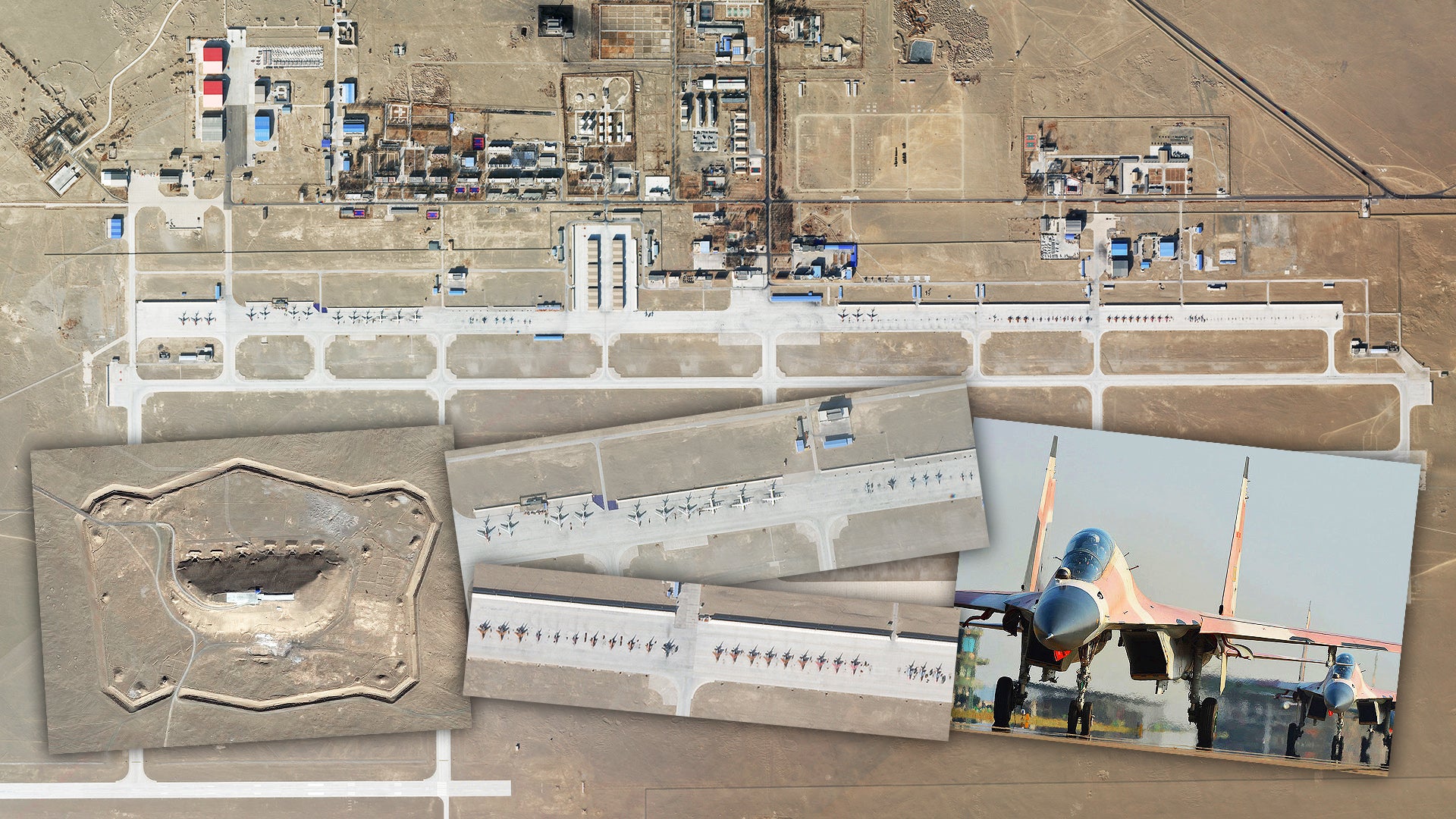As China’s military capabilities continue to rapidly expand and mature, so do the bases that support and test them. Case in point, the Dingxin Test and Training Base, a sprawling facility located Gansu Province, in the Gobi Desert, an area that has long been a military and weapons testing stronghold for the People’s Liberation Army. The base is one of the most unique in China as it supports the development of tactics and weaponry and advanced training of People’s Liberation Army Air Force (PLAAF) units in high-end, complex scenarios. Live fire drills are also a big part of what goes on there. The base hosts a fleet of aggressor fighters, as well as full-scale aerial target drones, the latter of which are converted largely from stocks of antique MiG clones. As such, Dingxin is roughly analogous to Nellis Air Force Base in the United States, with a bit of Eglin Air Force Base and Edwards Air Force Base mixed in.
With relative seclusion, wide-open airspace, expansive training range complexes, and good weather for year-round flying operations, Dingxin is home to the country’s highest-profile fighter and attack aircraft exercises, including the annual air-to-air focused Golden Helmet and air-to-ground focused Golden Dart competitions. Large force employment (LFE) exercises like Red Sword, roughly similar to the United States Air Force’s Red Flag, and Red and Golden Shield, which include advanced competitive training for Chinese surface-to-air missile, anti-aircraft artillery, and electronic warfare units, also occur at and near the base.



The installation is located next to Jiuquan City on the southern end of the expansive Shuangchengzi missile test range, an area full of unique facilities, some of which are quite intriguing, to say the least. In exclusive Planet Labs imagery from January 6th, 2020, we get a good look at this highly important installation and its many resident and visiting aircraft.
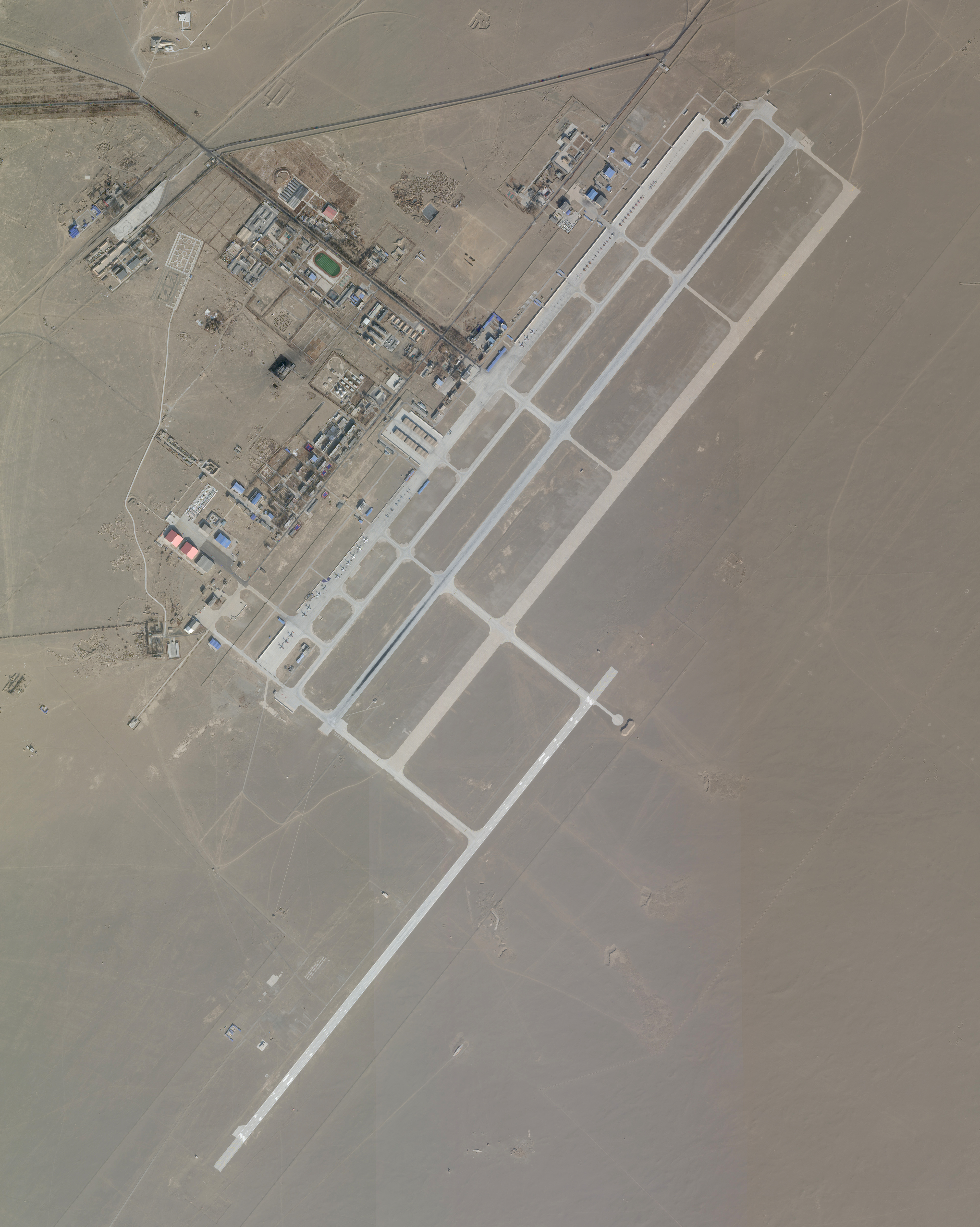
The base’s huge apron can facilitate well over 100 aircraft of all different types and does so regularly. Virtually every aircraft type in the PLA’s inventory has passed through the base and most do so regularly. The pink and beige-painted aggressors, which include Su-30s and J-10s, as well as less capable types, are a staple at Dingxin Test and Training Base and provide ‘red air’ support for the exercises and tests that occur there.
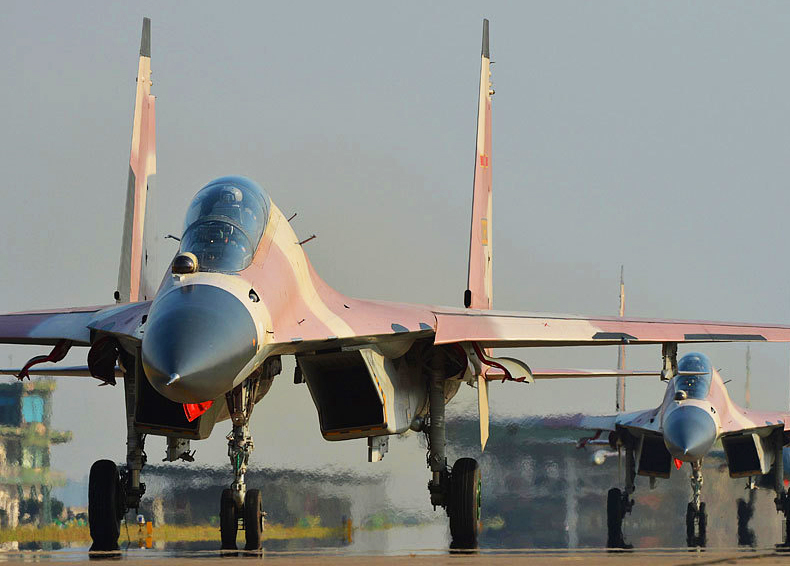
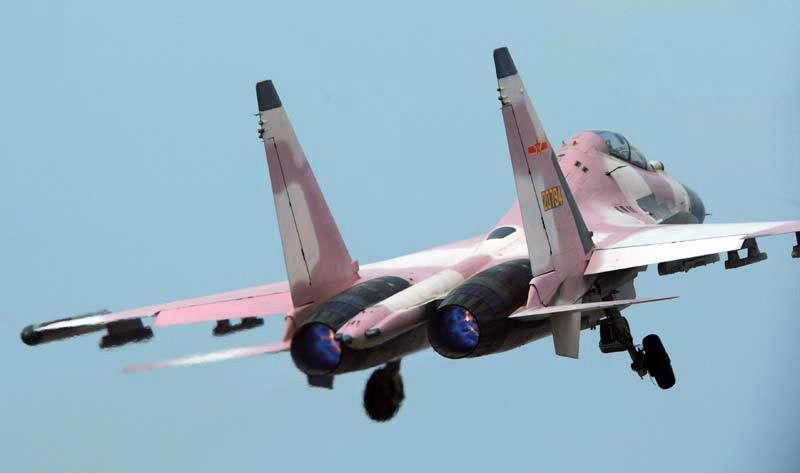
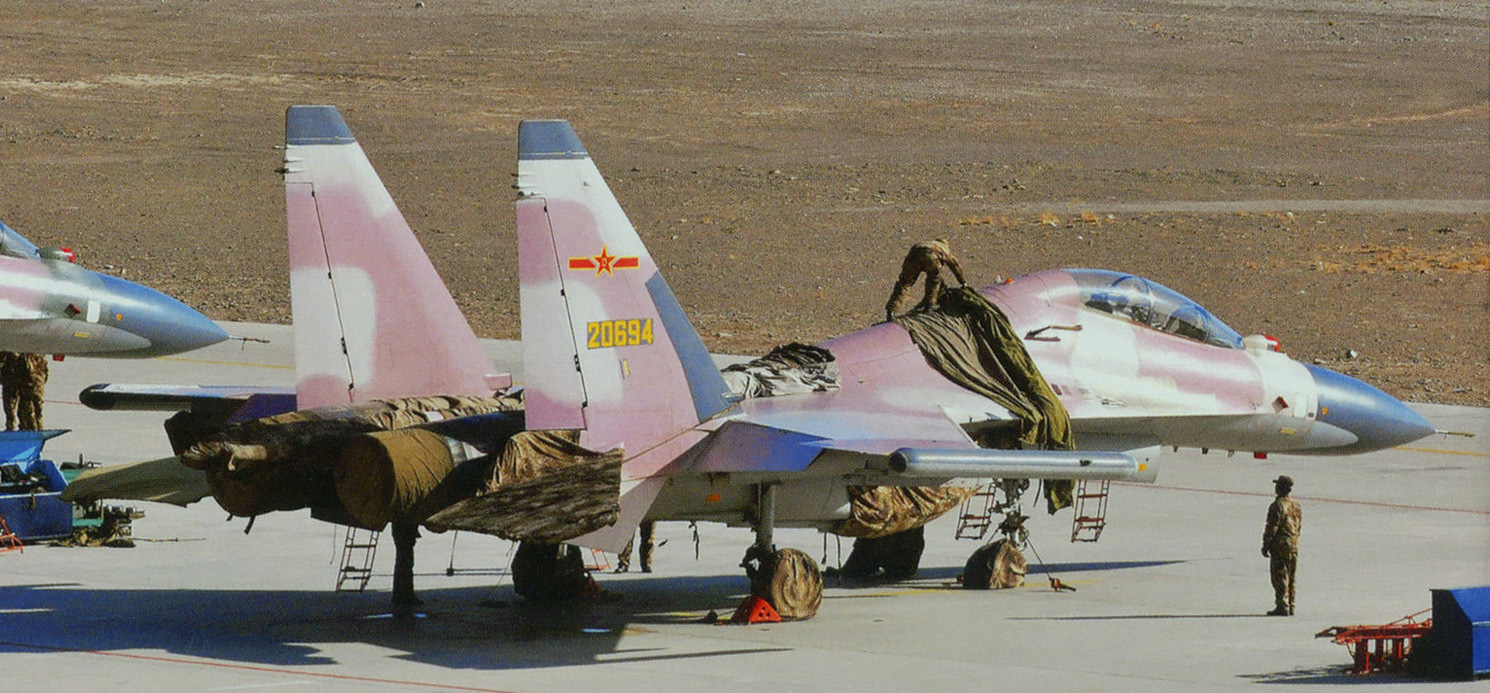
The installation’s training and tactics development activities are run by the Tactical Training Center’s 175th Air Brigade and the resident test unit that supports more cutting-edge flight test programs is the 176th Air Brigade, according to Scramble Magazine.
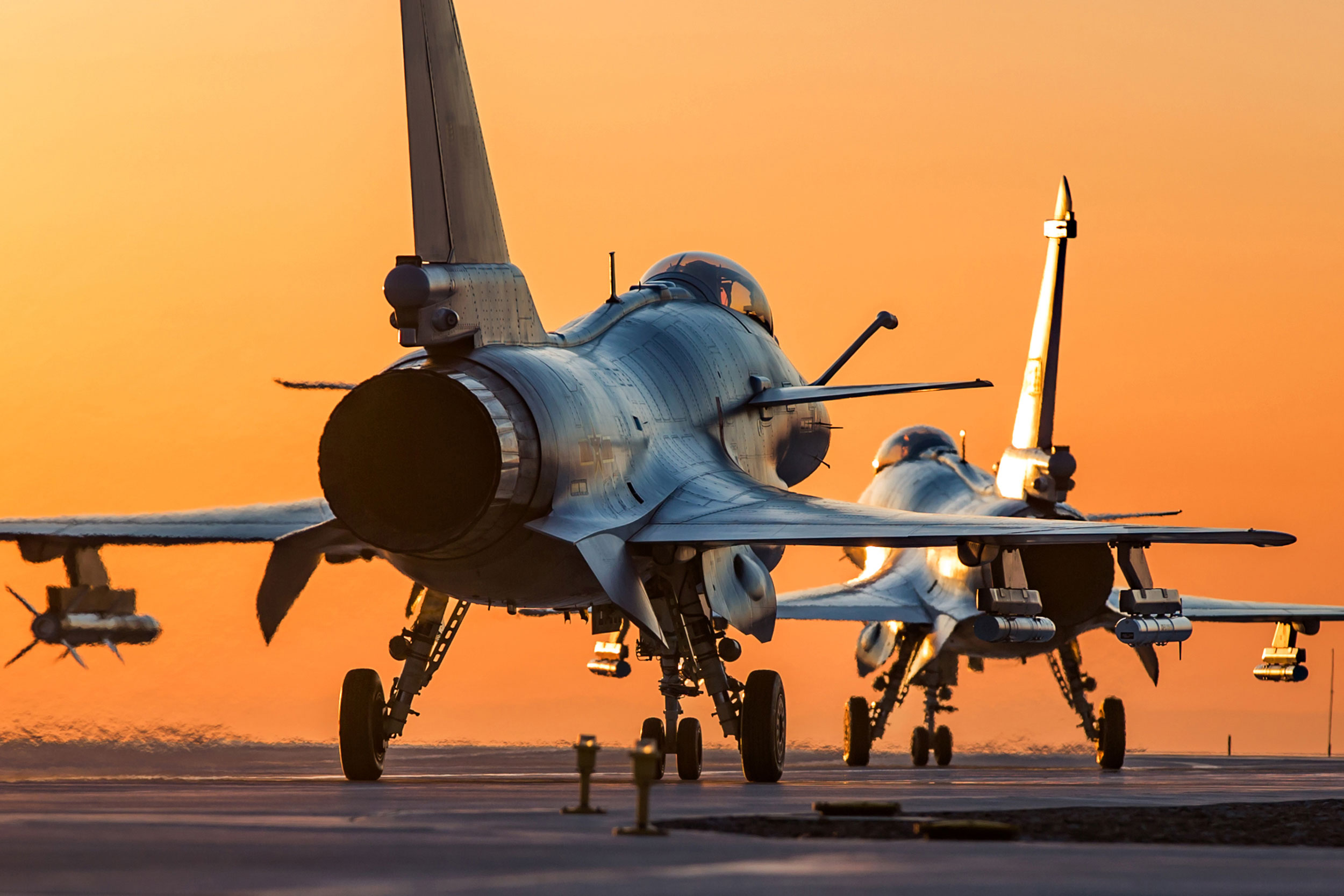
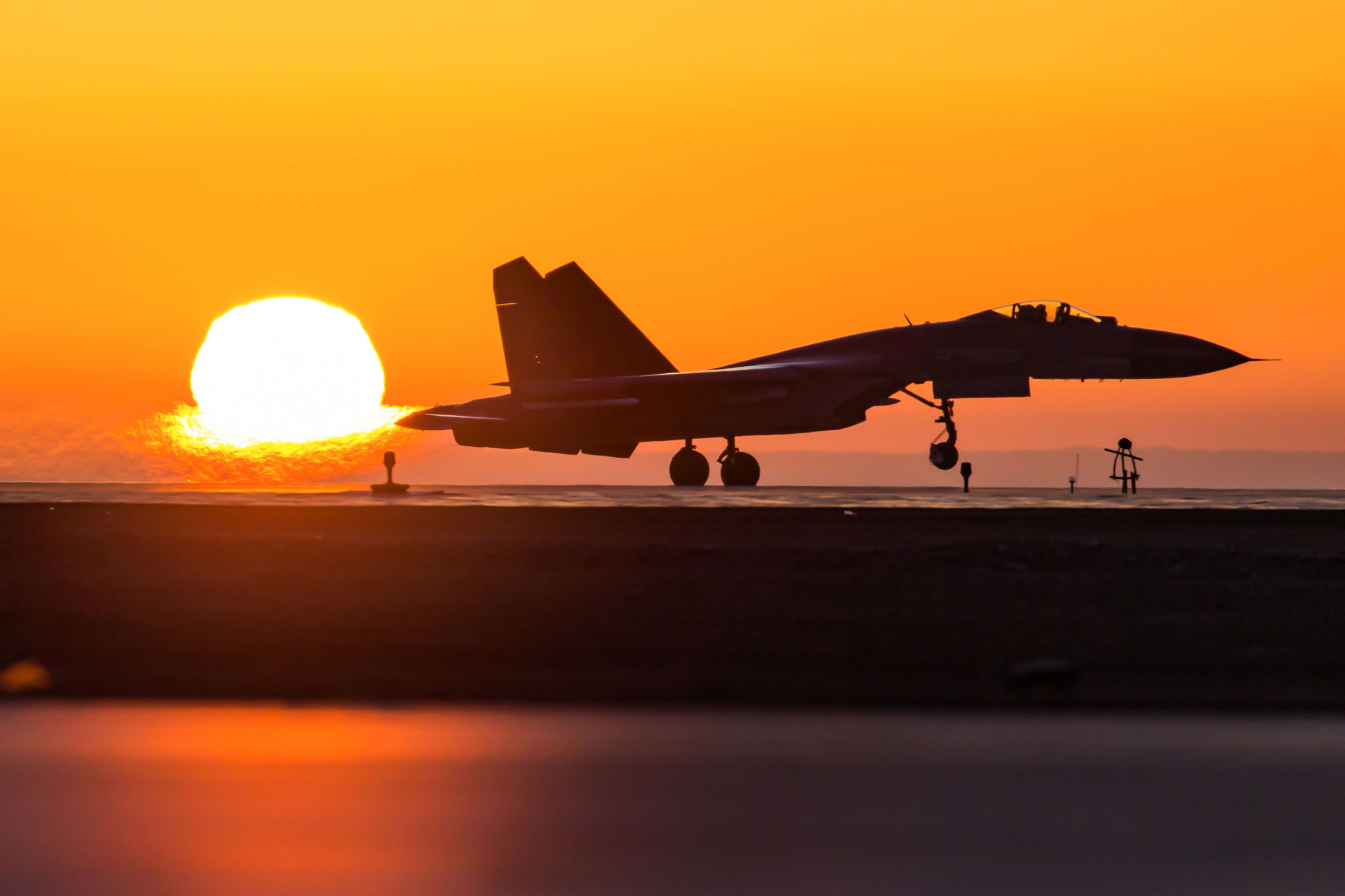
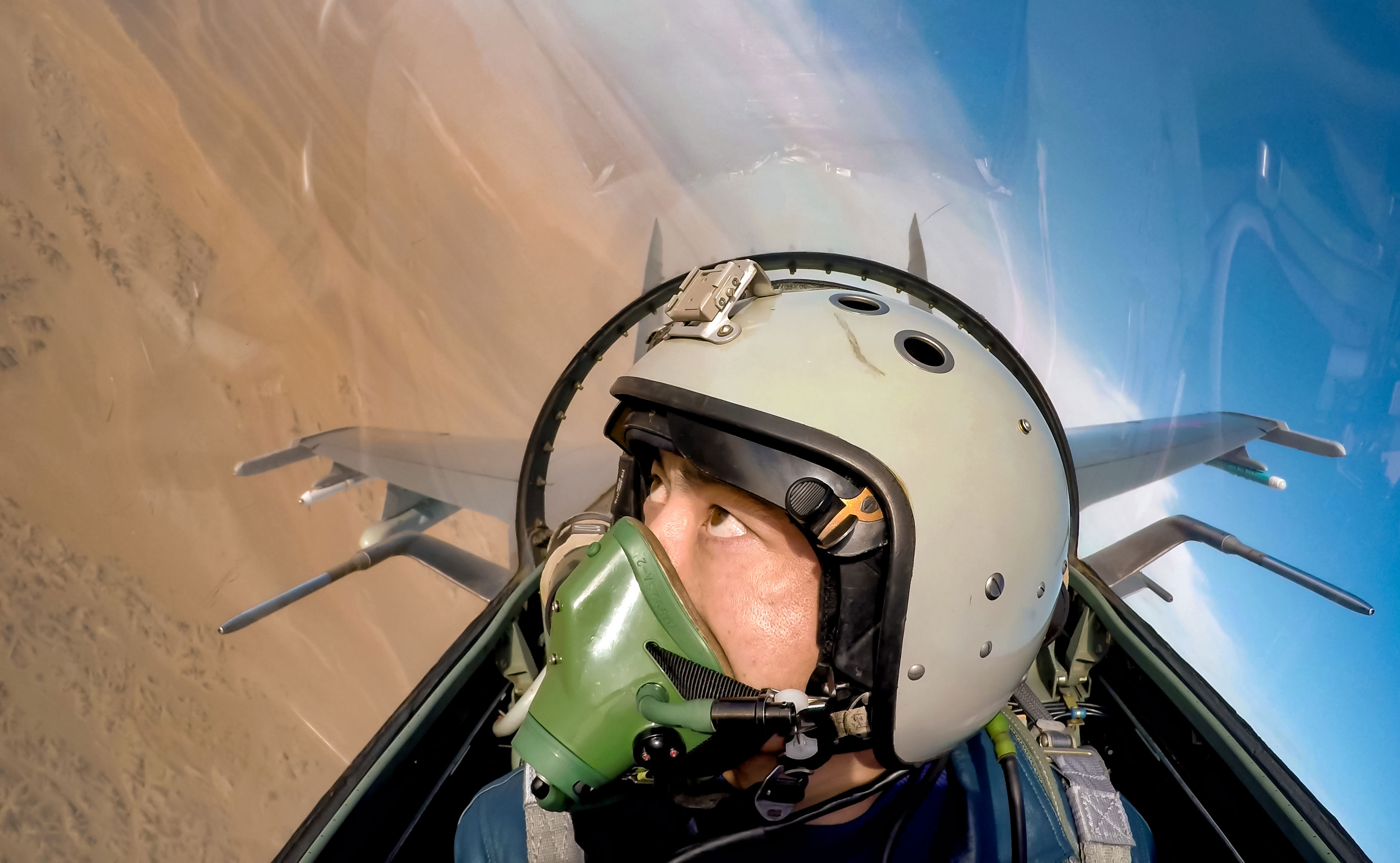
In the satellite imagery from January 6th, 2020, roughly 13 H-6 bombers and other variants are shown on the ramp, along with six J-10s, 5 Su-27/30/J-11 Flanker derivatives, 12 JH-7s, six F-7s, four F-8s, and three Y-9 transports. Many more target drones and aircraft waiting to be converted for those purposes are also visible.
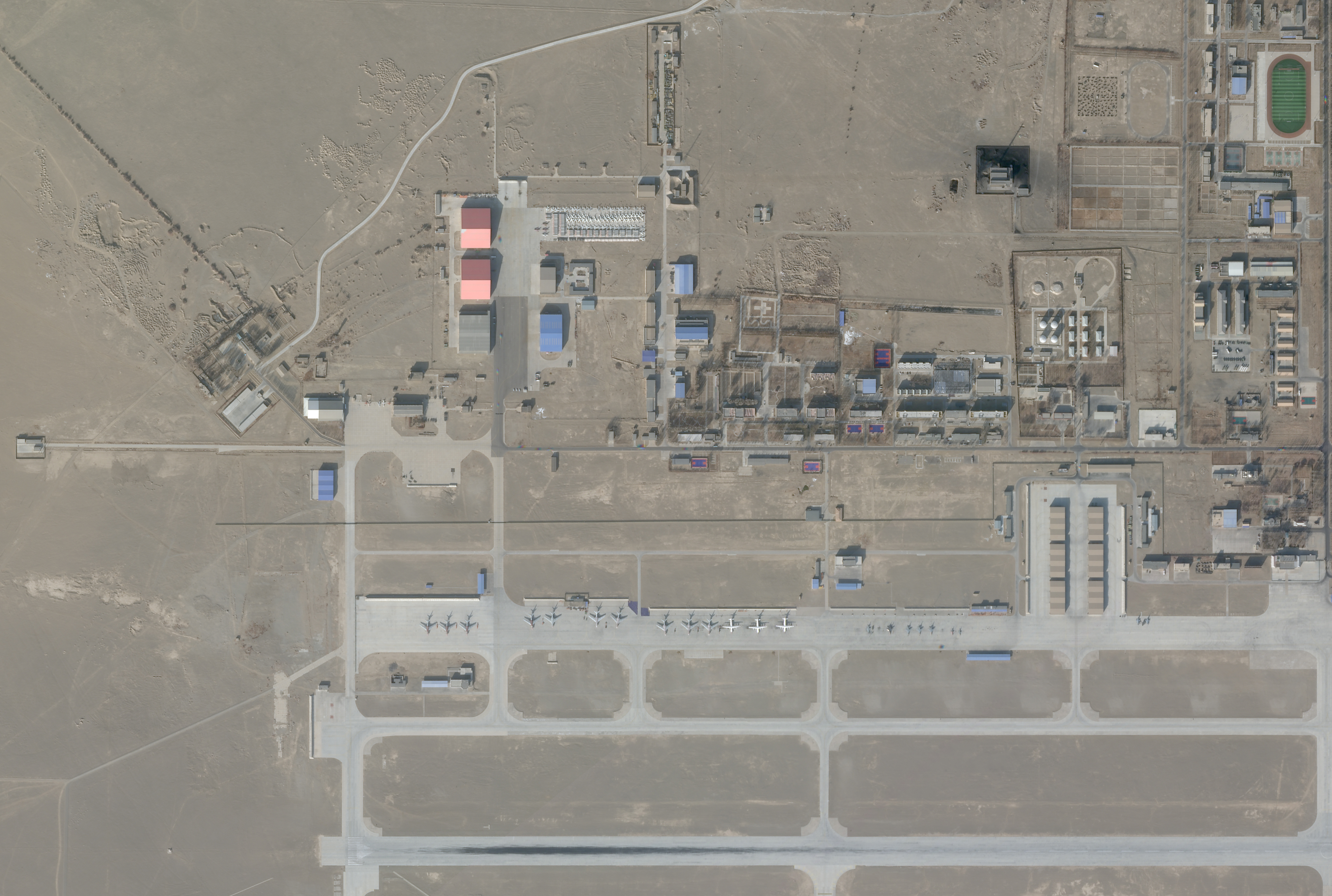
, PHOTO © 2020 PLANET LABS INC. ALL RIGHTS RESERVED. REPRINTED BY PERMISSION

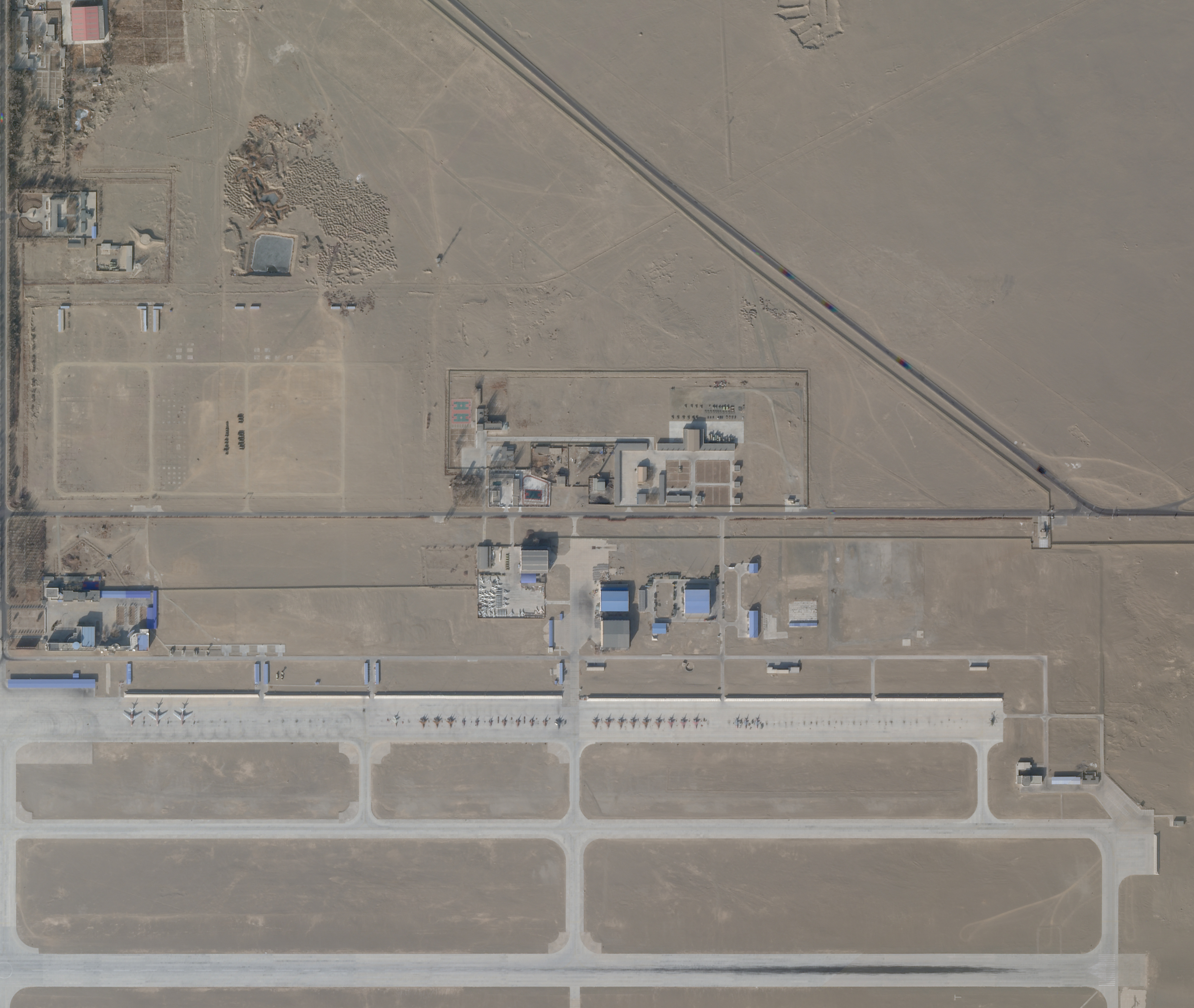
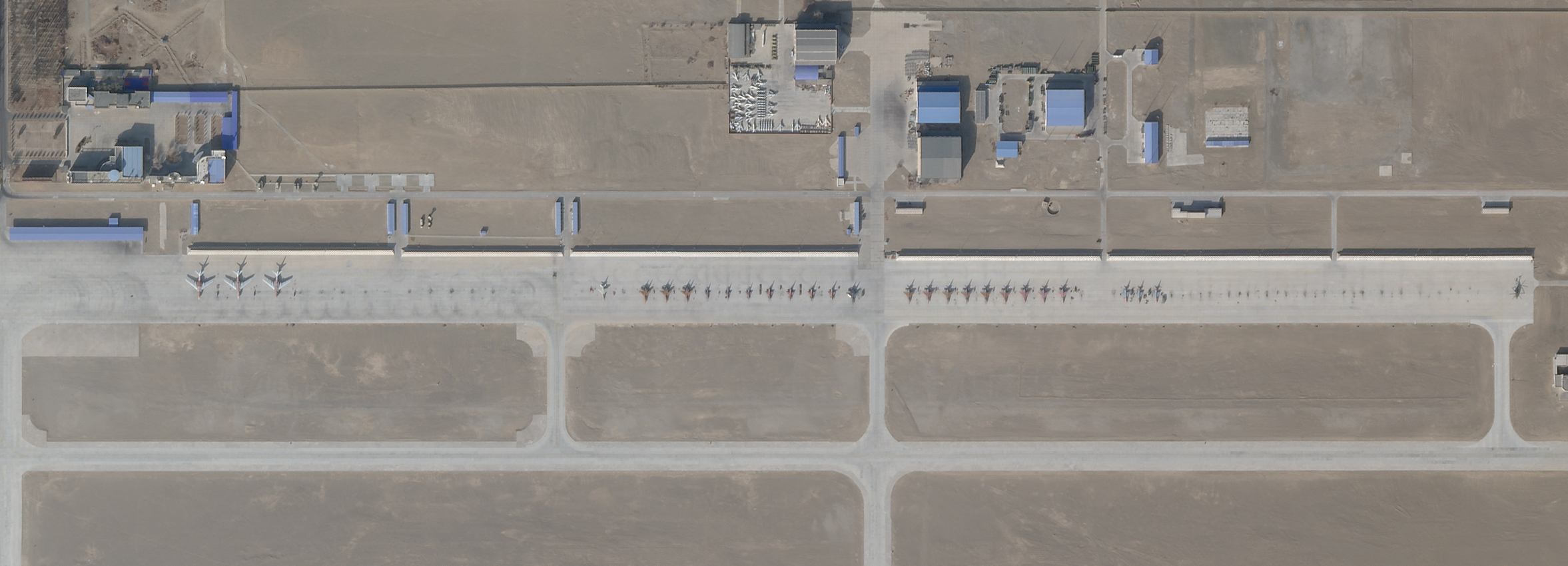
The long runway to the south, which is fairly new, having been built around the middle of the last decade, is thought to be used primarily for drone launches and recoveries and as an alternate landing area for regular traffic. The base, which has seen a ton of expansion over the last decade, is quite secure, with some taxiways even being gated, and the installation has a large and desolate perimeter.
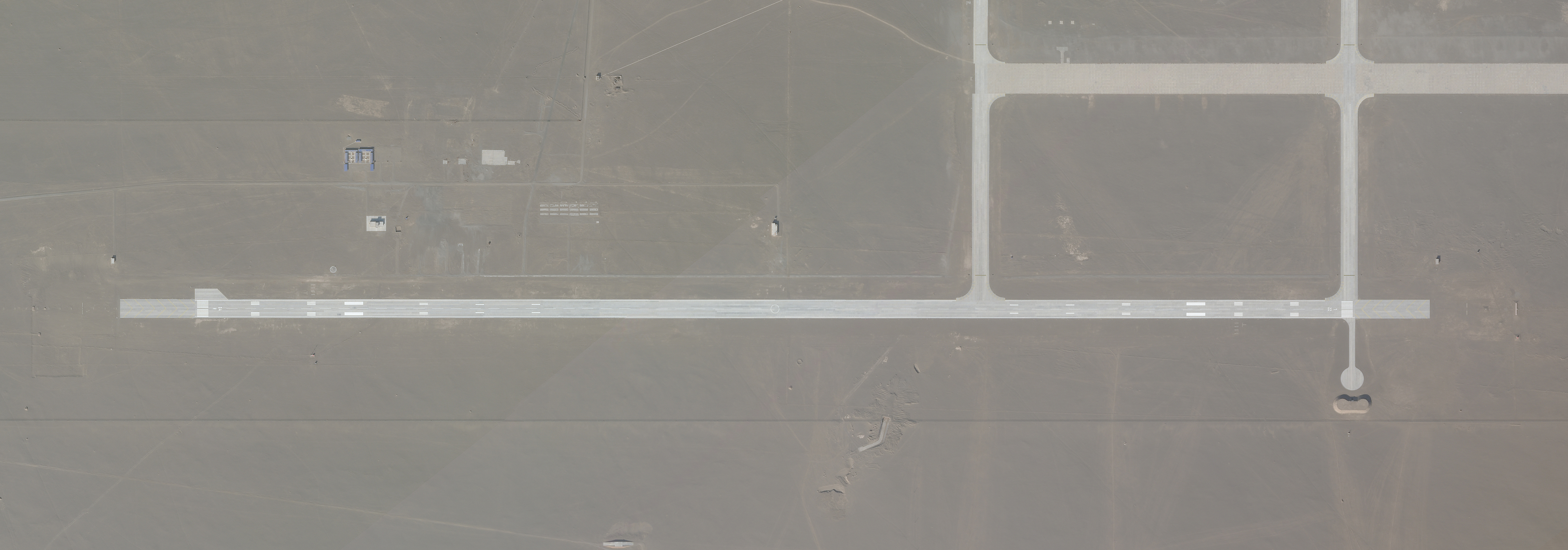
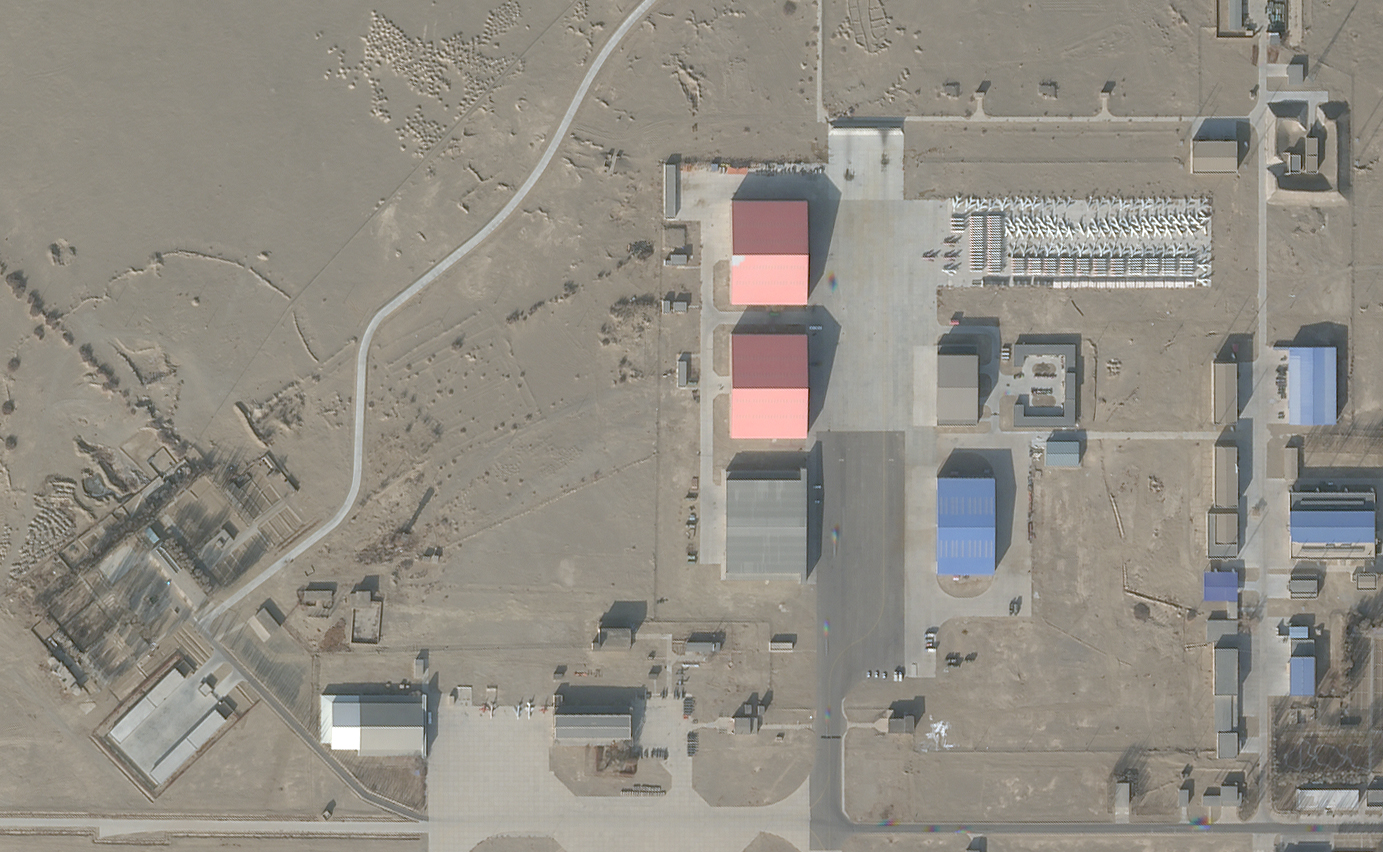
The base’s testing function is made clear by the aircraft that visit it in various configurations at various times. Everything from new fighters to airborne early warning and control aircraft can be seen even in their primer undercoats undergoing testing at the base. Usually, this activity is centered on the group of large hangars with their own apron on the southwestern side of the air base. For instance, three of China’s new J-20 stealth fighters, one still wearing its yellow factory primer coat, can be seen in this additional exclusive image from June 27th, 2019.

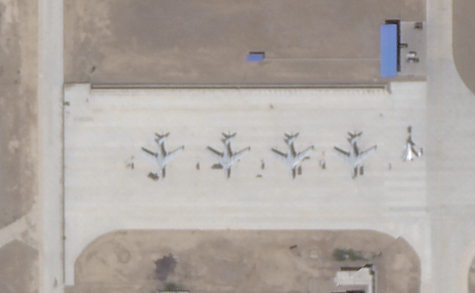
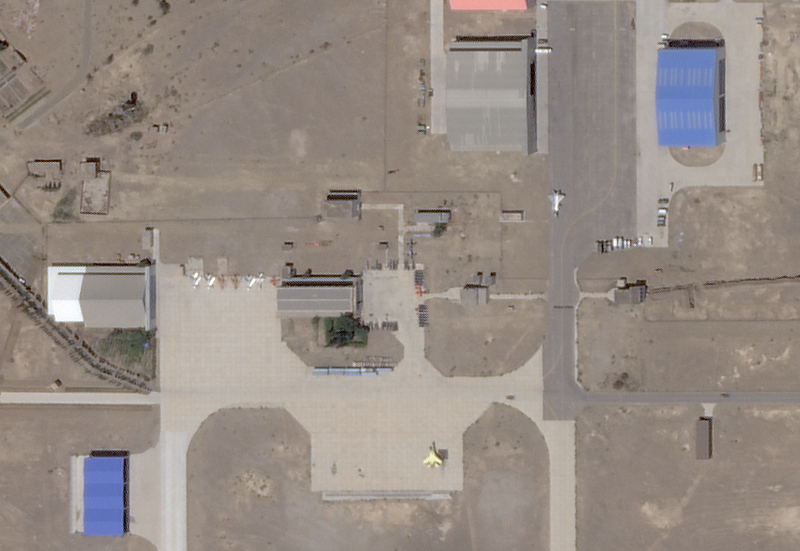
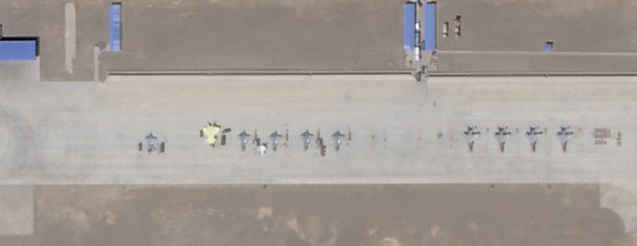
Air-to-ground targets are laid out on the desert floor starting just east of the base, with a somewhat ominous full-scale mockup of Taiwan’s Ching Chuan Kang Air Base/Taichung International Airport located just over four miles away.
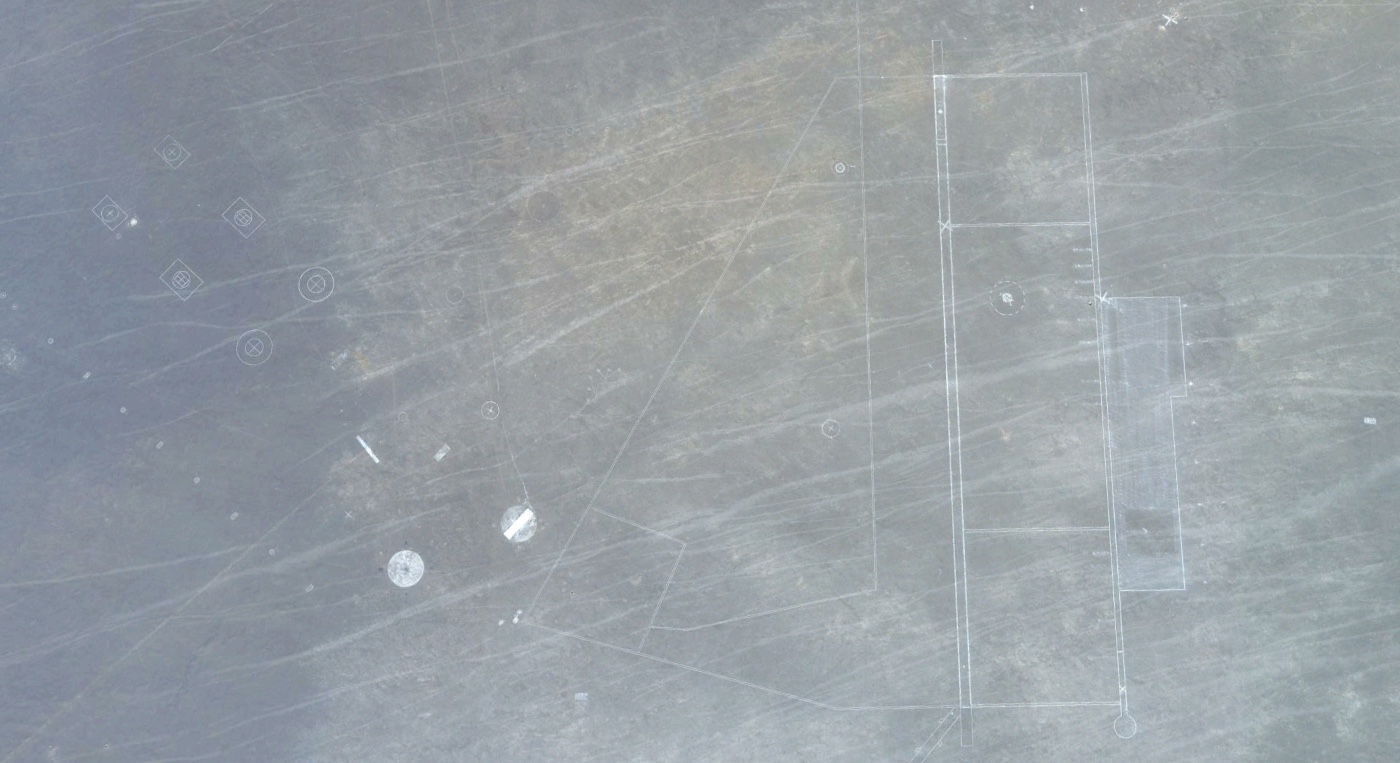
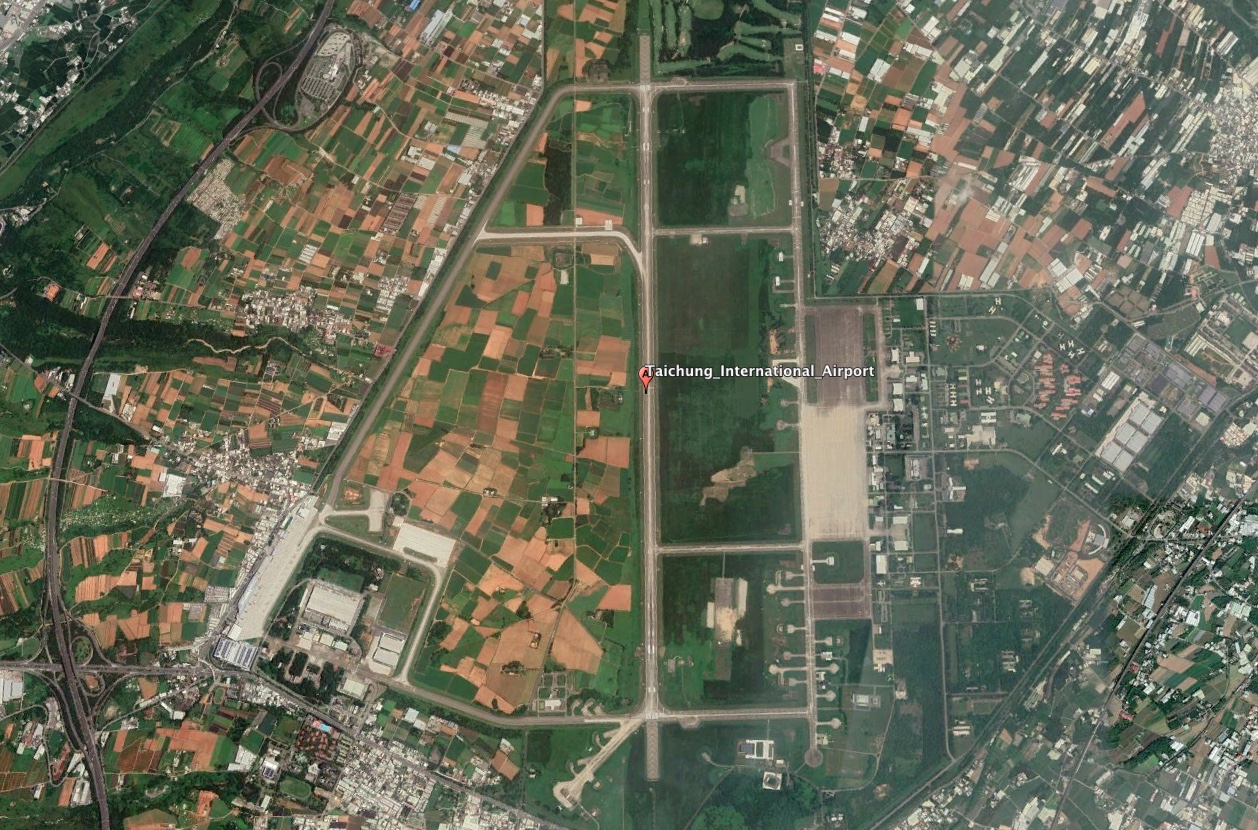
14 miles to the north of Dingxin Test and Training Base is a very large radar cross-section testing facility that was constructed around 2012.
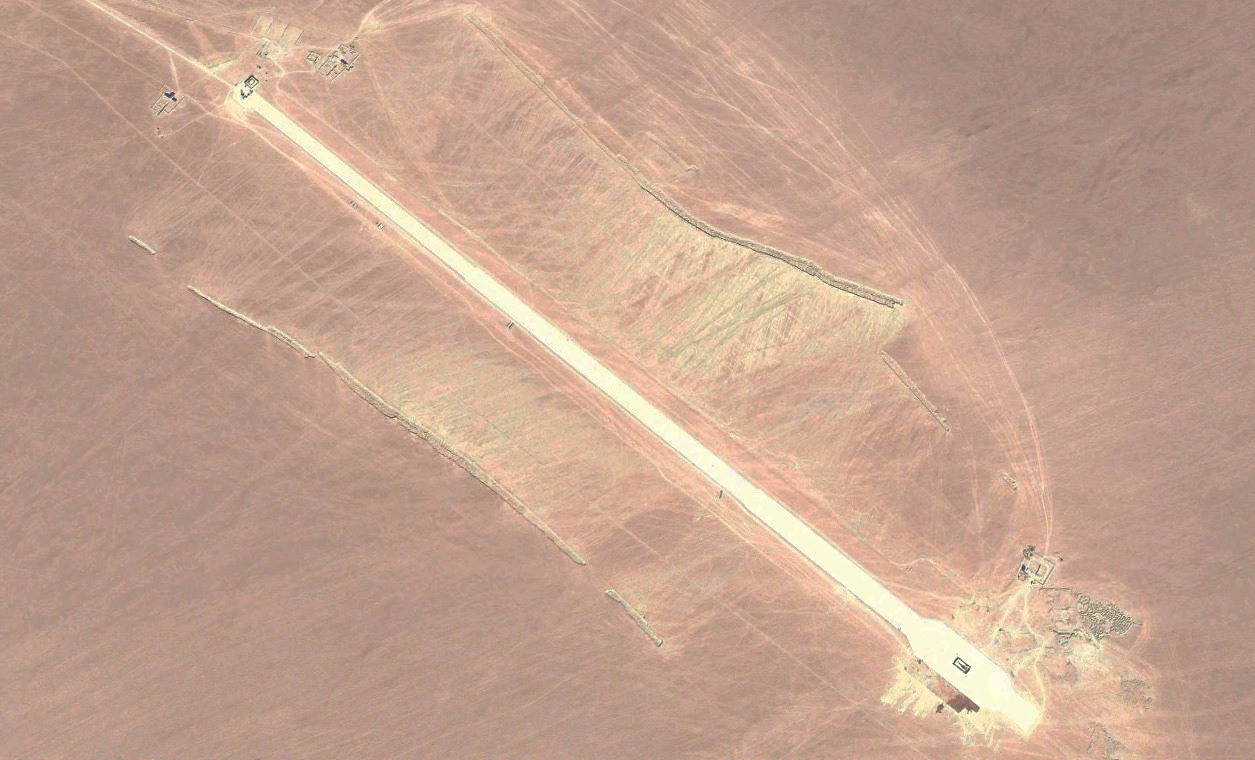
45 miles to the north of the base is where China’s sprawling Jiuquan Satellite Launch Center complex begins. It is one of the primary space launch facilities in the country and supports manned missions, as well as unmanned ones.
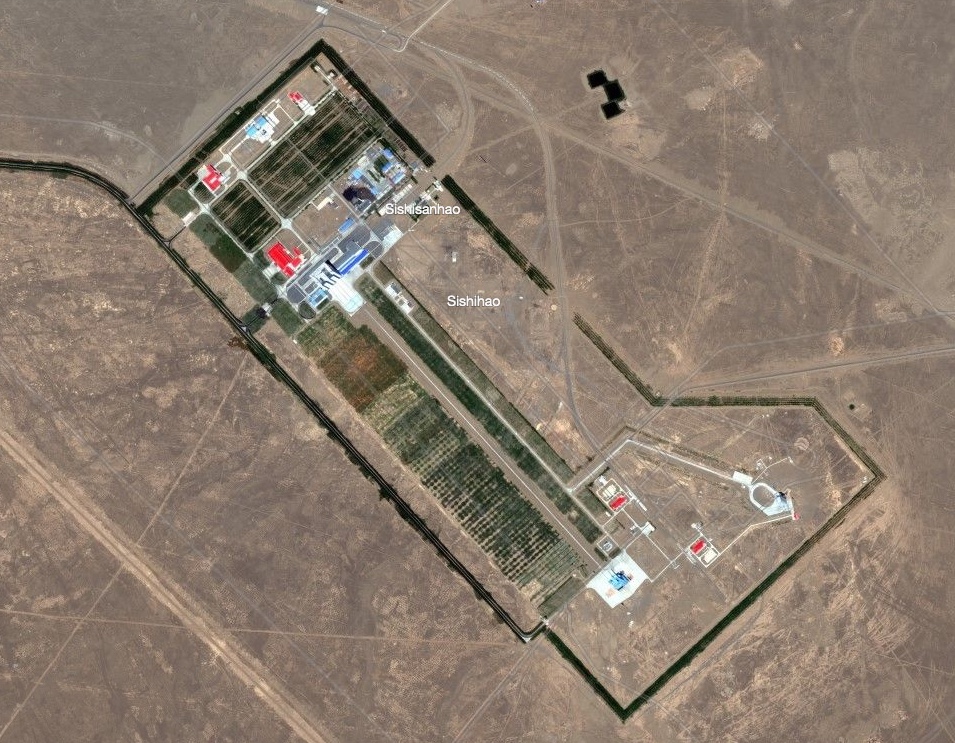
Additional pads and infrastructure are located as far as 25 miles north of the southernmost launch site, one of which can be seen below.
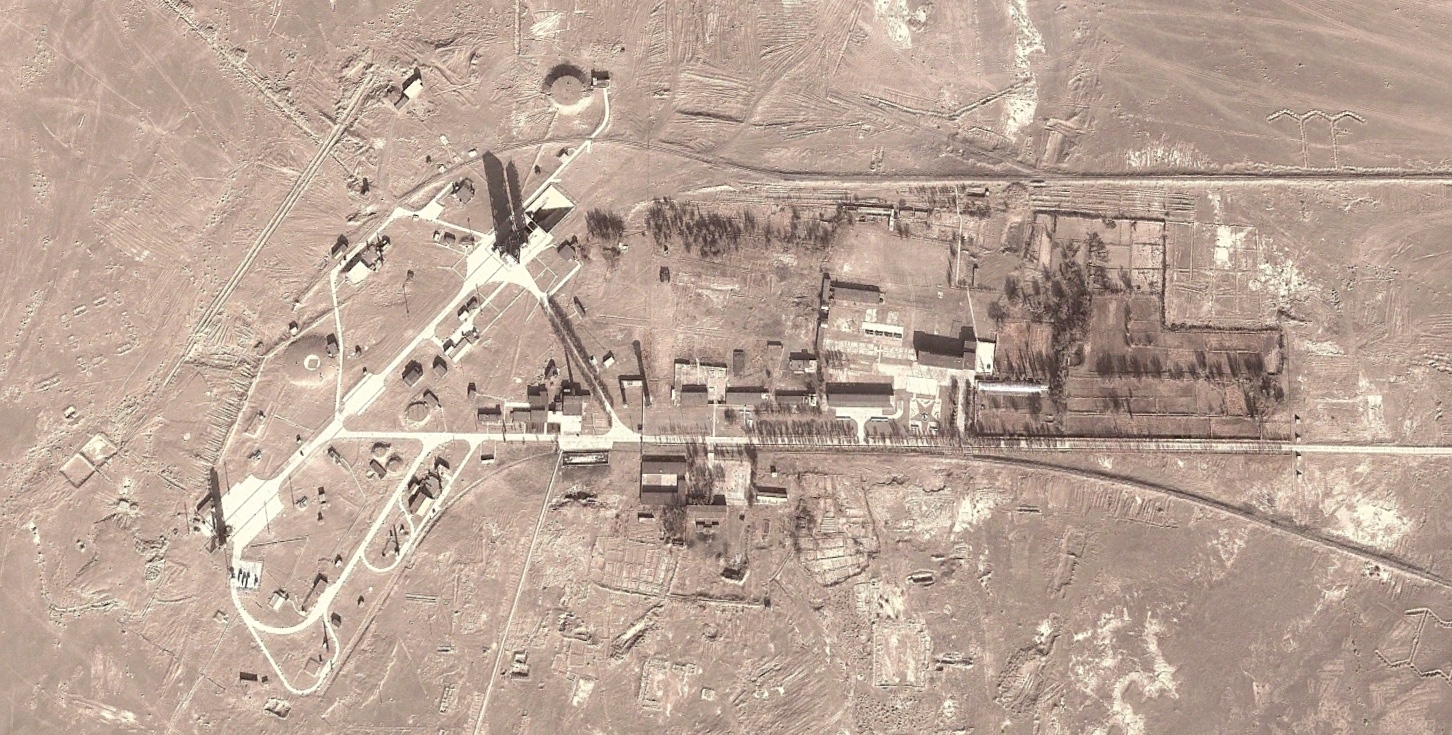
55 miles north of Dingxin Test and Training Base is one of if not the country’s premier missile ranges that does test and training work with various missile systems, namely surface-to-air systems.
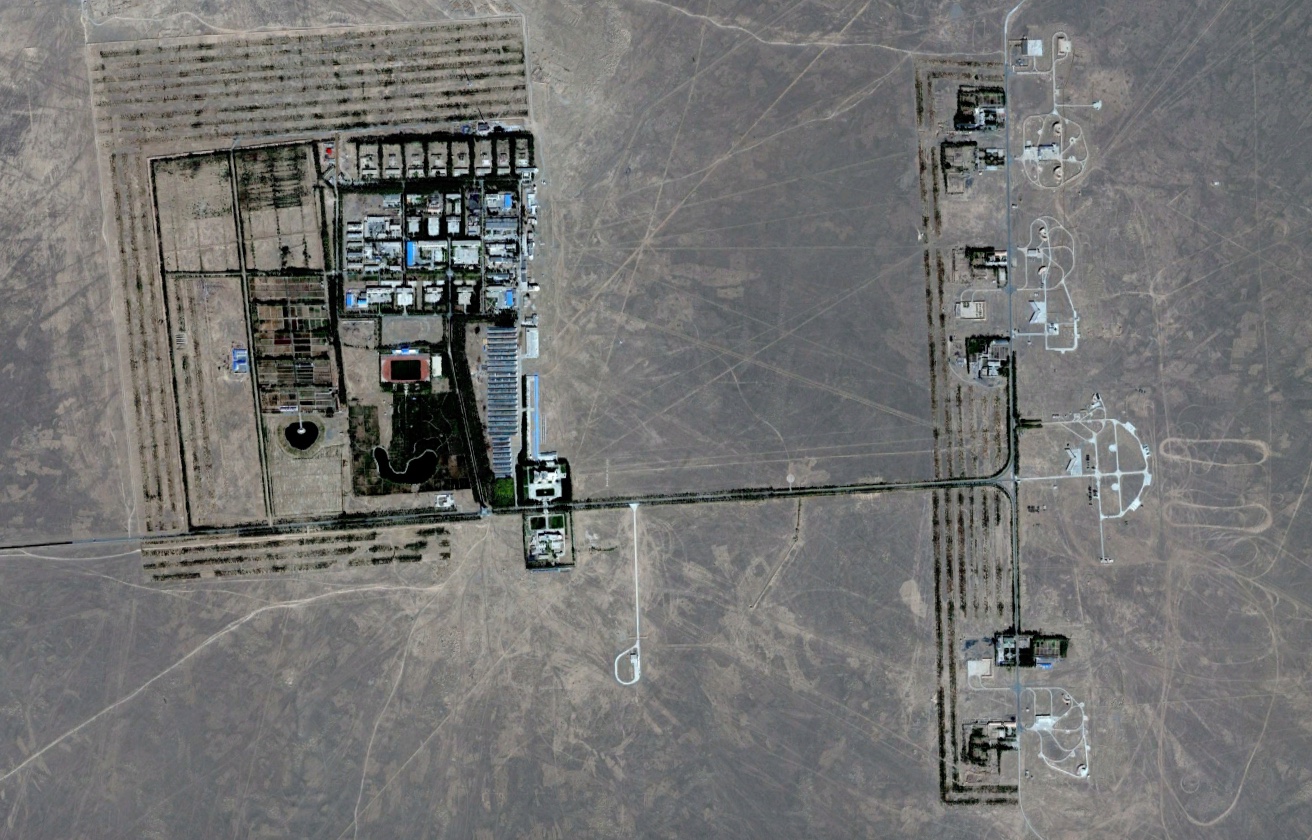
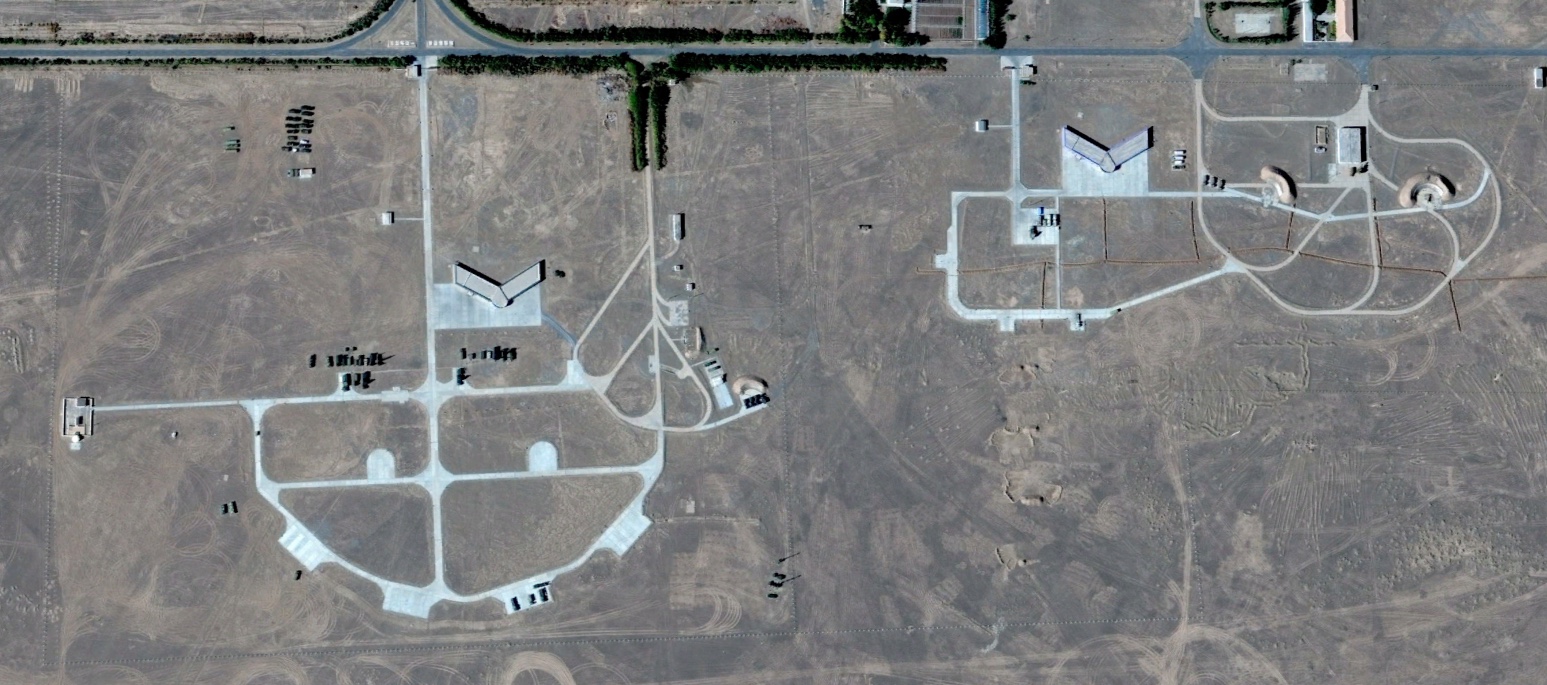
Maybe the most curious installation near Dingxin is what appears to be a moated mountain-bunker-like fortress located just two miles to the northwest edge of the sprawling air base.
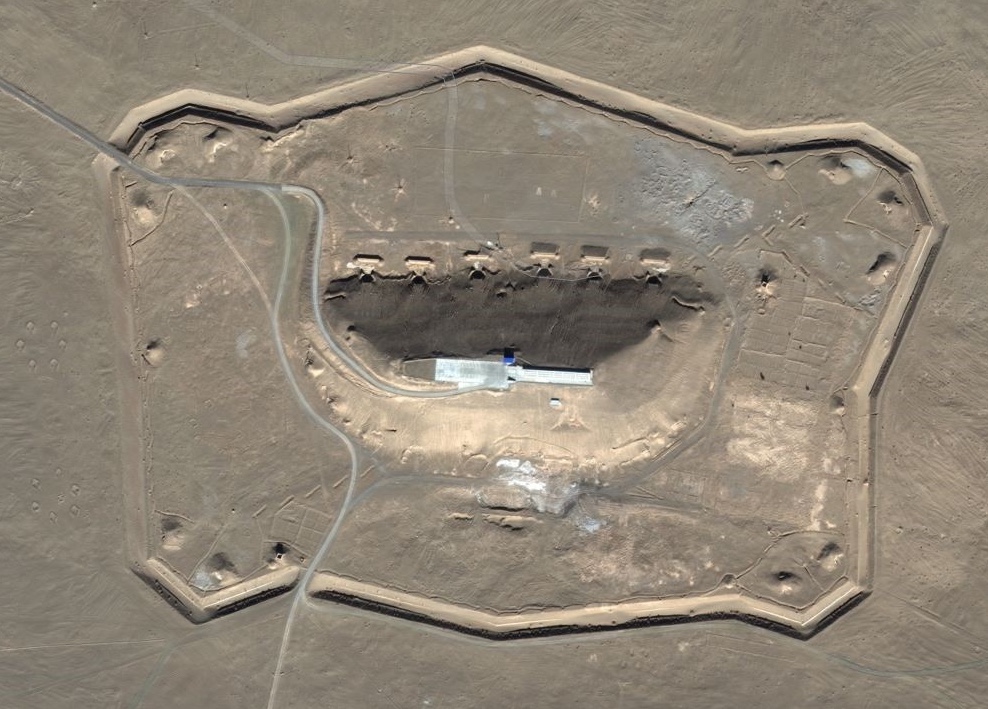
At first glance, the facility appears to have apertures similar to Iran’s ballistic missile caverns and it also has some sort of parking facility on top of it. Initially, our thoughts were that it was some sort of a heavily fortified bunker, and it could very well serve in that role. At the same time, the structure to the right of the parking area almost looks like grandstands. This led us to wonder if this is a VIP review area for wargames that go on above the target areas located just to the south. Possibly. But the real origin story of this clearly fortified installation is way more interesting than our theories as to its current use.
It turns out that this is one of over a dozen highly-fortified moated fortresses that appear as almost ancient-like structures in the region, but were actually built in the 1960s and 1970s during a time of great tension between Russia and China. Grand General Lin Biao led the Chinese military’s initiative to build a number of these fortifications, the majority of which are in Gobi Desert in the region that surrounds Dingxin Air Base.
The majority of them are mainly abandoned, but some have been repurposed by the Chinese military, and for good reason. They were incredibly expensive to build. The mountains are manmade and underneath them lies a labyrinth of chambers and passageways that can house and sustain large groups of soldiers and command staff for long periods of time. The complexes are steel and concrete reinforced and go quite deep underground, making them remarkably resilient. They were built in flat areas that were easily defendable and were packed with all types of artillery and weaponry used to keep a marauding army at bay. This included anti-aircraft artillery, tank guns, and other heavy weapons.
These are truly massive fortifications. The man-made mountains are longer than an aircraft carrier. When they were built, the area was less arid and the moats would fill in naturally due to spring water and other local water sources. With all this in mind, it’s no surprise that a few of the moated fortifications have been adapted by the PLA for more modern uses.
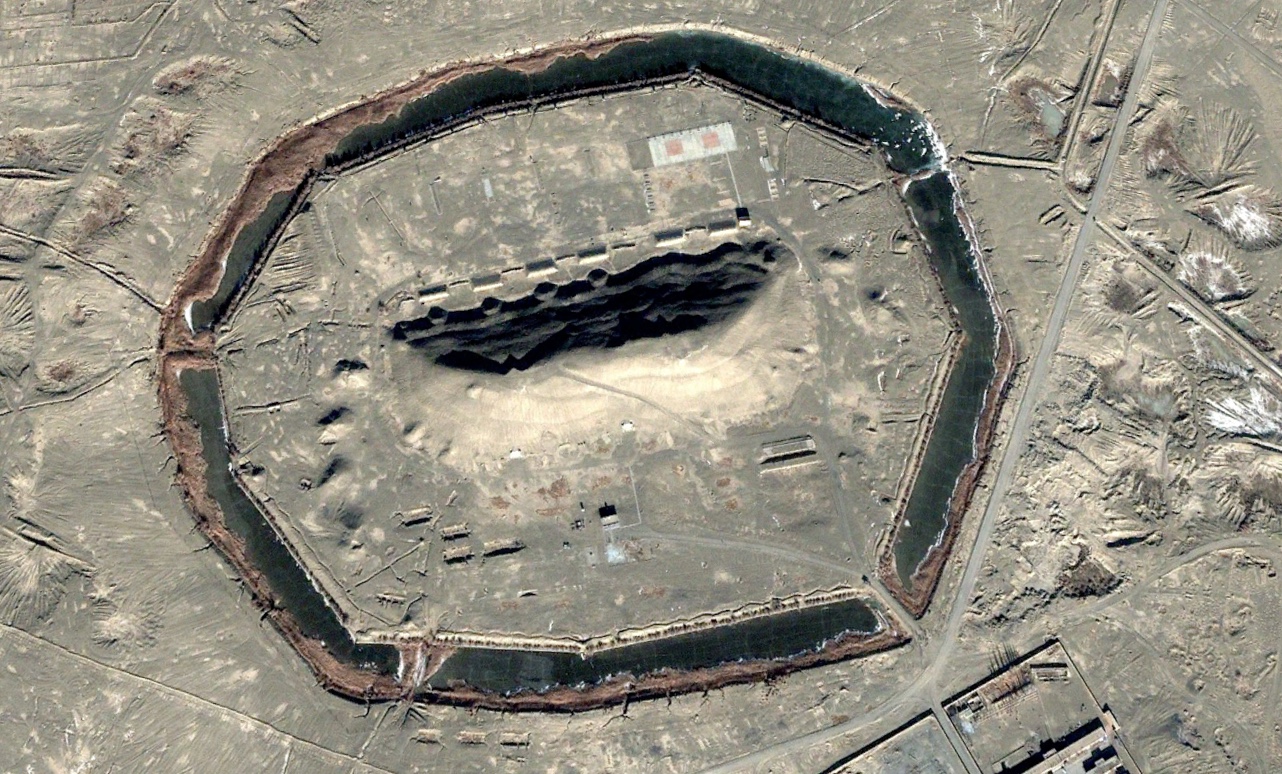
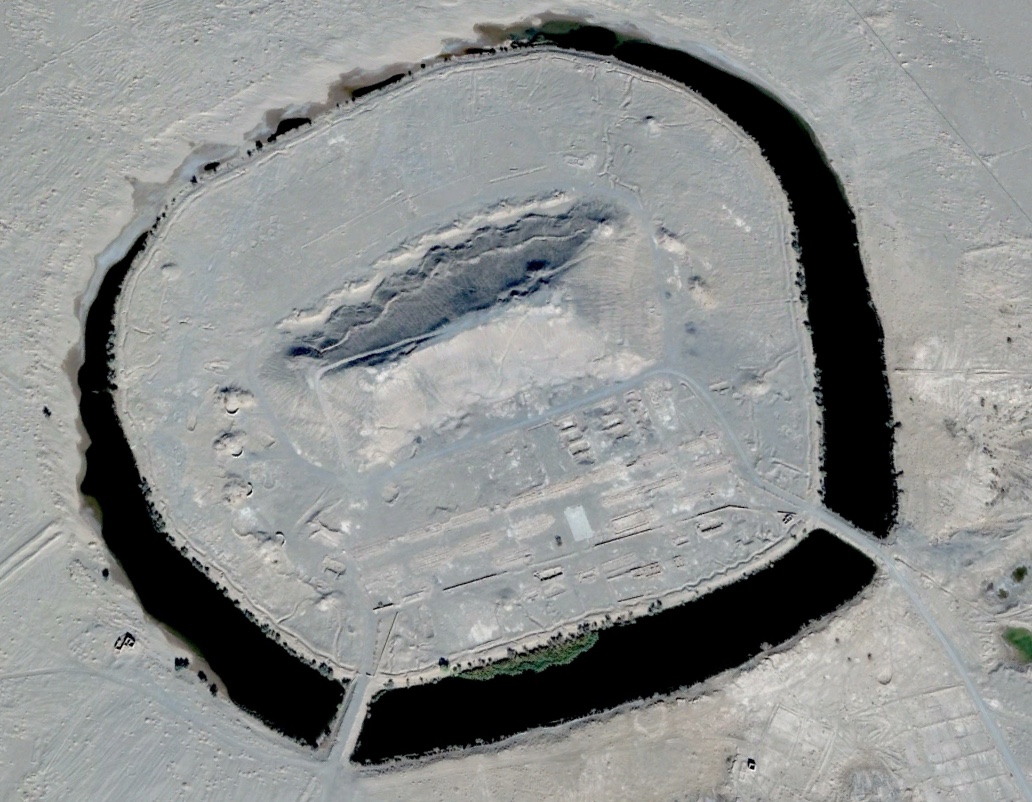
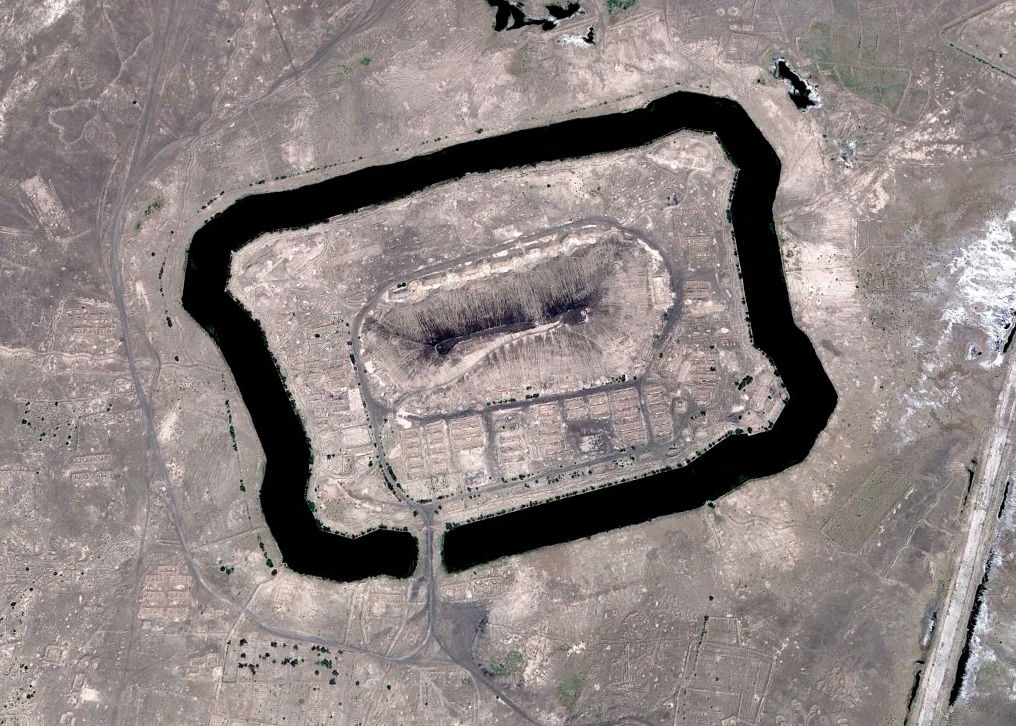
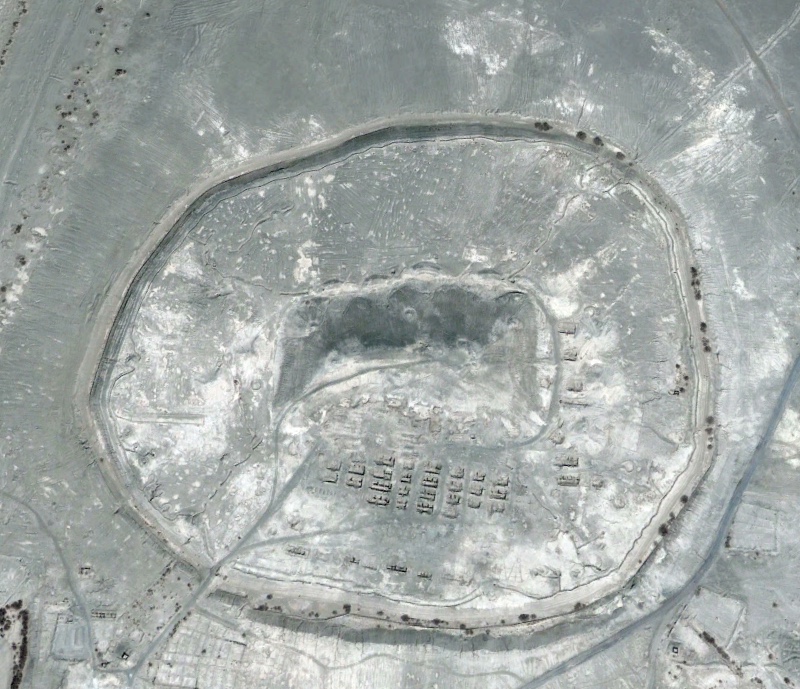
Dingxin Test and Training Base truly sits at the heart of China’s air combat capabilities. As People’s Liberation Army forces adopt more and more western-like concepts of technology, tactics, and training, it will only become more important, and as a result, it will continue to expand. The region as a whole, although fairly desolate, has always been incredibly important to China’s military, but this will only expand as its capabilities become more complex and sensitive in nature. China’s rapid development of its space programs only makes the region all that much more critical to Beijing, as well.
With all that being said, China’s potential adversaries and friends alike are keeping a close eye on developments at the base and its surroundings for indications of how the country’s rapidly expanding combat capabilities will continue to morph in the years to come.
Contact the author: Tyler@thedrive.com
